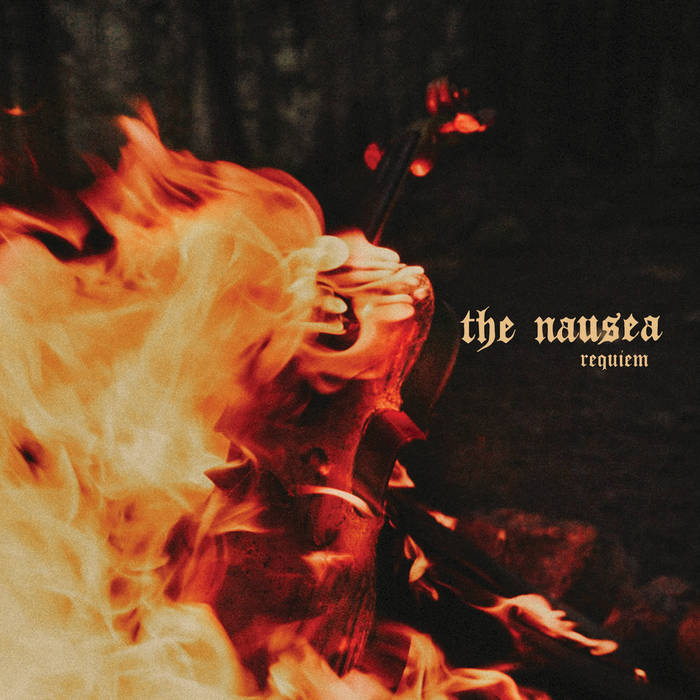Absurd Exposition
The Nausea - Requiem LP / CD
The Nausea - Requiem LP / CD
Couldn't load pickup availability
https://absurdexposition.bandcamp.com/album/requiem
Absurd Exposition and Buried in Slag and Debris are pleased to present the debut LP from THE NAUSEA.
On Requiem, Vancouver-based composer and musician Anju Singh combines funerary violin and harsh noise, as illustrated below in liner notes by Gordon Ashworth (Oscillating Innards, Knelt Rote).
Recognized in the noise world for her long-running role as curator of the Vancouver Noise Fest, and in punk and metal circles as a member of the bands Ahna, Grave Infestation and Ceremonial Bloodbath, among others. Anju returns to Absurd Exposition after The Nausea's 2017 tape, 'Requiem Aeternam'. Fresh off of a short tour of Japan surrounding the Machine Parts Festival in Tokyo, where advanced copies of the LP sold out; soon gearing up for a short Canadian tour, culminating in an appearance the Initial Shock festival in Montreal; and touring Europe this fall, alongside long-running drone metal duo Nadja.
Full liner notes: "REQUIEM is an album of the violin engaged in a multi-dimensional way. Though there is also restrained use of percussion, synthesizer and voice, these compositions are centered on the violin itself and its potential for the creation and destruction of melody, dissonance and unrestricted textures, and its capability for creating distinct environments of sound, ritual, and feeling. There are tonal and melodic elements that bridge European vernacular and classical musics, strains of black metal and death metal, and the 20th-century musique concrète, avant-garde and harsh noise disruptions of traditions and boundaries. Harsh noise may be understood as a legitimate form of folk music that developed primarily in Japan and North America, often expressed in community performance (typically in non-professional settings with little to no money circulating), and generally existing outside of Eurocentric music theory, academia, and (moneyed and often inaccessible) High Art contexts. More specifically, the regional variants of North American harsh noise spanning from Southern California to British Columbia, Canada developed into a distinct West Coast Harsh Noise subculture in the early 21st-century. In a sense, this period (re)introduced elements of European harmony and Romanticism, with an emphasis on dramatic melody incorporating string instruments, and exploiting the tension between the consonant (“music”) and the dissonant (harsh noise, with no easily discernible or transcribable musical, melodic, rhythmic or lyrical elements; “anti-music”). In the same ways that technology and globalism have expanded the vocabulary of all art forms, harsh noise has deepend and expanded the spectrum of music and sound art (if they are perceived as separate), and thus the potential for creative expression. It may be deemed an act of liberation, confusion, or iconoclasm to connect and merge these forms of music and anti-music; perhaps analogous to smashing an amplified electric guitar or burning a violin as a means of achieving the instrument’s ultimate dramatic and sonic potential, and guiding the ritual object into a symbolic death."
–Gordon Ashworth, 2024
Share

